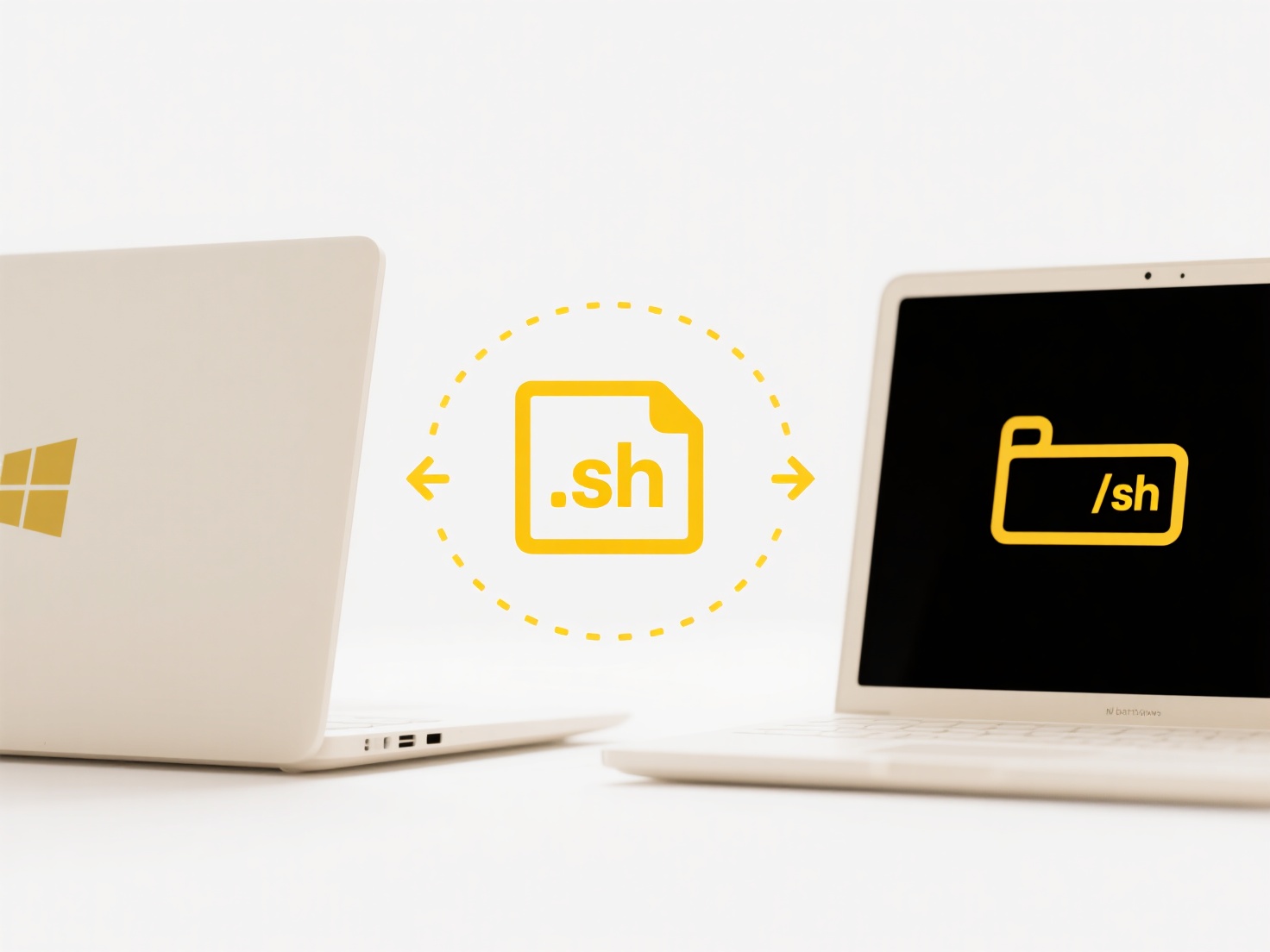
AutoSave is a software feature that automatically saves changes to a file without requiring a manual save command from the user. Unlike traditional manual saving, where users must periodically click 'Save' or press Ctrl+S to preserve their work, AutoSave operates continuously in the background. It captures edits – additions, deletions, and modifications – as they happen. Its primary purpose is to prevent data loss caused by unexpected events like power outages, application crashes, or system errors.

AutoSave is widely implemented across various applications. Common examples include word processors and spreadsheets (e.g., Microsoft Word, Excel in AutoSave mode connected to OneDrive or SharePoint), creative design tools (like Adobe Photoshop), and especially cloud-based platforms such as Google Docs, Sheets, and Slides, where changes are saved constantly to the cloud. It's also prevalent in Integrated Development Environments (IDEs) for coding.
The key advantage of AutoSave is drastically reducing the risk of losing unsaved work, enhancing productivity and user peace of mind. It simplifies the user experience by removing the burden of manual saving. A limitation is that it typically requires the file to be stored in a cloud location or specific service (like OneDrive) to function fully in many applications, and conflicts can sometimes arise if multiple users edit the same cloud file simultaneously. Its widespread adoption reflects a significant usability improvement in modern software.
What is AutoSave?
AutoSave is a software feature that automatically saves changes to a file without requiring a manual save command from the user. Unlike traditional manual saving, where users must periodically click 'Save' or press Ctrl+S to preserve their work, AutoSave operates continuously in the background. It captures edits – additions, deletions, and modifications – as they happen. Its primary purpose is to prevent data loss caused by unexpected events like power outages, application crashes, or system errors.

AutoSave is widely implemented across various applications. Common examples include word processors and spreadsheets (e.g., Microsoft Word, Excel in AutoSave mode connected to OneDrive or SharePoint), creative design tools (like Adobe Photoshop), and especially cloud-based platforms such as Google Docs, Sheets, and Slides, where changes are saved constantly to the cloud. It's also prevalent in Integrated Development Environments (IDEs) for coding.
The key advantage of AutoSave is drastically reducing the risk of losing unsaved work, enhancing productivity and user peace of mind. It simplifies the user experience by removing the burden of manual saving. A limitation is that it typically requires the file to be stored in a cloud location or specific service (like OneDrive) to function fully in many applications, and conflicts can sometimes arise if multiple users edit the same cloud file simultaneously. Its widespread adoption reflects a significant usability improvement in modern software.
Quick Article Links
What’s the best way to archive local project files to the cloud?
Cloud archiving involves moving project files you no longer actively use, but may need later, from local computers or se...
Why does the file name change when uploading to Google Drive?
When uploading files to Google Drive, the filename might change only if a file with the exact same name already exists i...
Is it possible to batch rename files based on metadata like creation date?
Is it possible to batch rename files based on metadata like creation date? Batch renaming files using metadata attribu...